Lurie blitzed into the 2025 mayoral race, pouring a near-record $8.6 million of his personal funds into the campaign. Promising to utilize his philanthropic background and tough-on-crime outlook, he vowed to breathe new life into the struggling city.
Opponents questioned whether the Levi Strauss heir could translate his privilege into leadership. Six months in, his pavement-pounding approach has surprised skeptics, though budget woes and resistance from city services now test his momentum.
San Francisco remains in a “fentanyl emergency” with the city still reporting a staggering 50 overdoses monthly. To alleviate this, Lurie has shifted away from harm reduction policies, instead choosing to pair the distribution of smoking supplies with drug counseling. This policy looks decisive and feasible on paper, but it fails to address the crisis’s underlying causes.
Crime rates have dipped under Lurie, although this can’t be fully attributed to him, as most violent crime rates have decreased nationally since their peak during the COVID-19 pandemic. However, Lurie is beginning to crack down on open-air drug markets, sending frequent police raids and conducting mass arrests in the city’s Tenderloin and Mission districts.
After years of leniency epitomized by politicians like Chesa Boudin, San Francisco is starting to take a harder line on crime under Lurie and District Attorney Brooke Jenkins. In May, the San Francisco Sheriff’s Department released statistics reporting that the city’s jails are the most crowded they’ve been in 30 years, an impressive turnaround from a city that has consistently struggled to prosecute felons.
Despite his efforts, the iconic Saks Fifth Avenue in Union Square has shuttered its flagship store’s windows after 45 years, a significant blow to Lurie’s hopes for a revitalized downtown.
To ease the 820 million dollar budget deficit—which Lurie says could balloon to as much as two billion in the future—he plans to cut back on street cleaning and garbage collection, downsize city hall, and trim MUNI routes.
Yet, the mayor’s office has limited authority in San Francisco’s fractious government structure, with commissions, boards, and the Board of Supervisors all wielding principal power over the path of the city. In April, Lurie’s mandate for a 15% budget cut in all city departments was unceremoniously rejected, with the sheriffs, fire, and election departments requesting even more money.
Lurie’s tough-on-crime pledge has translated into action, but San Francisco’s deep-rooted struggles demand more than just the Mayor’s efforts to sustain lasting change.

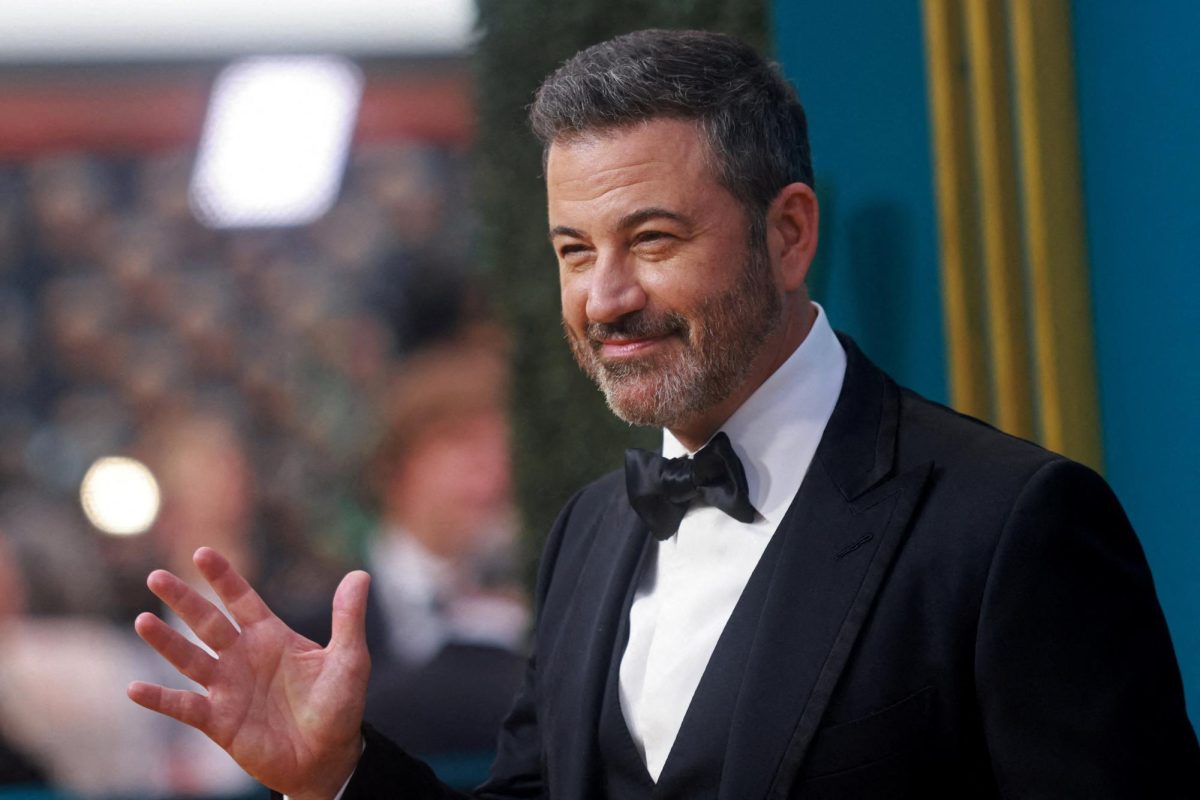

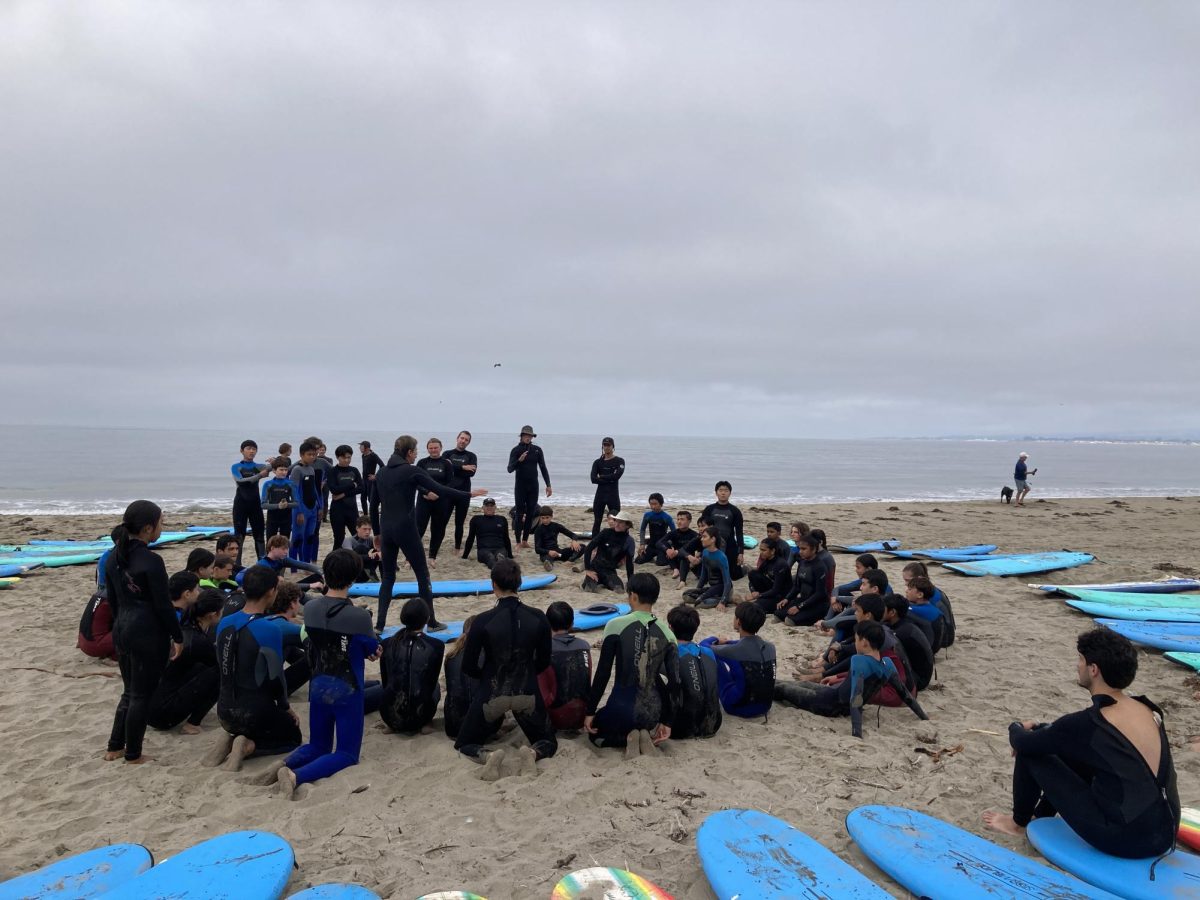


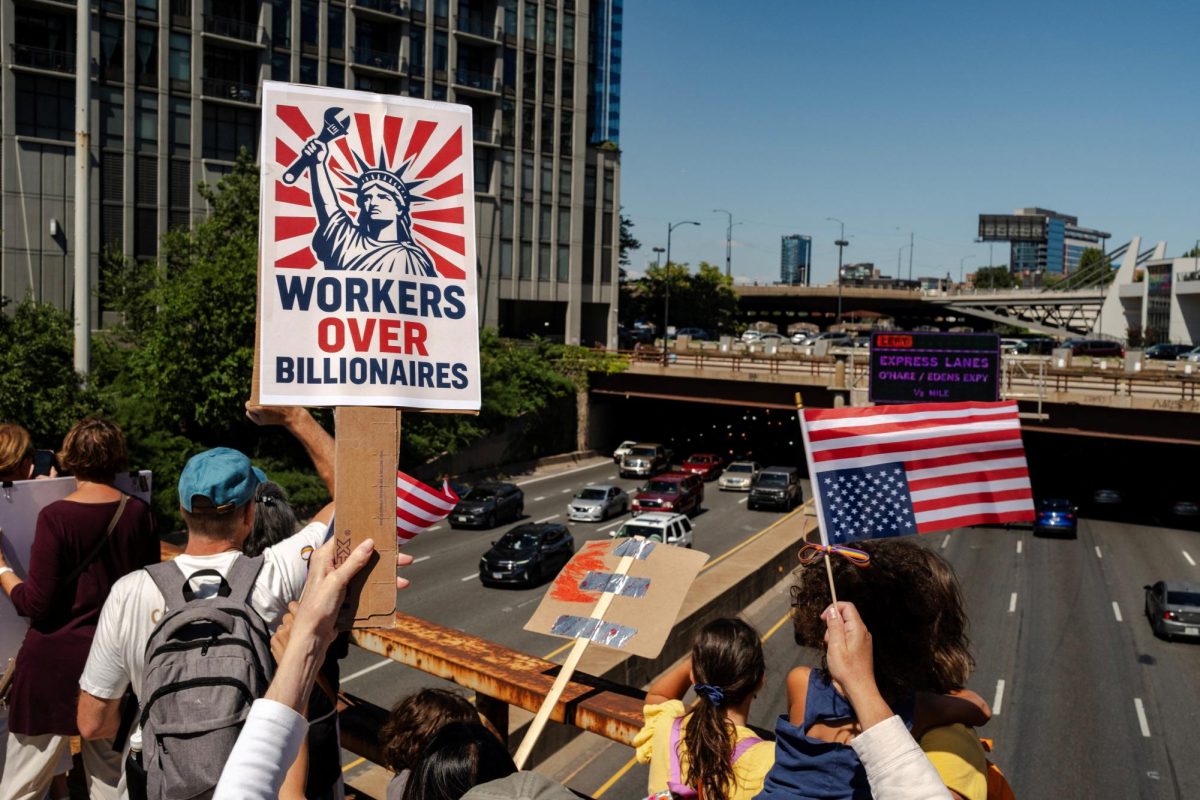
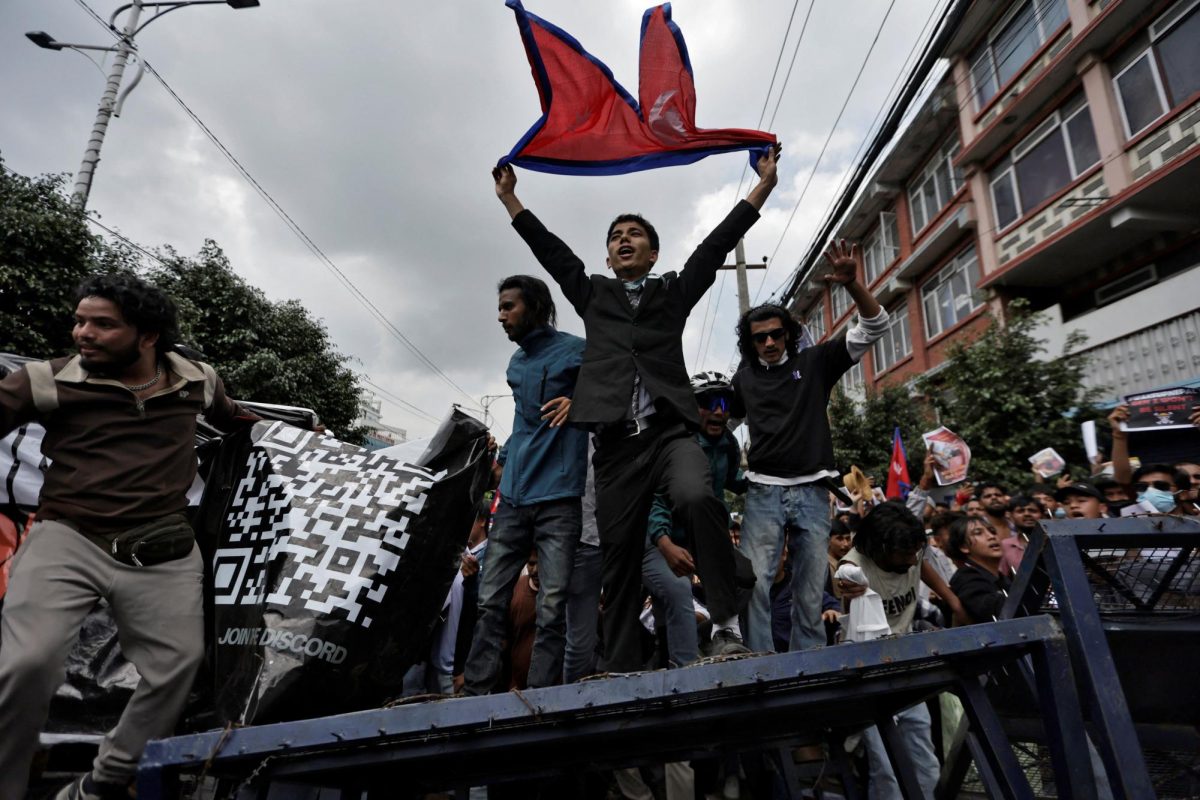







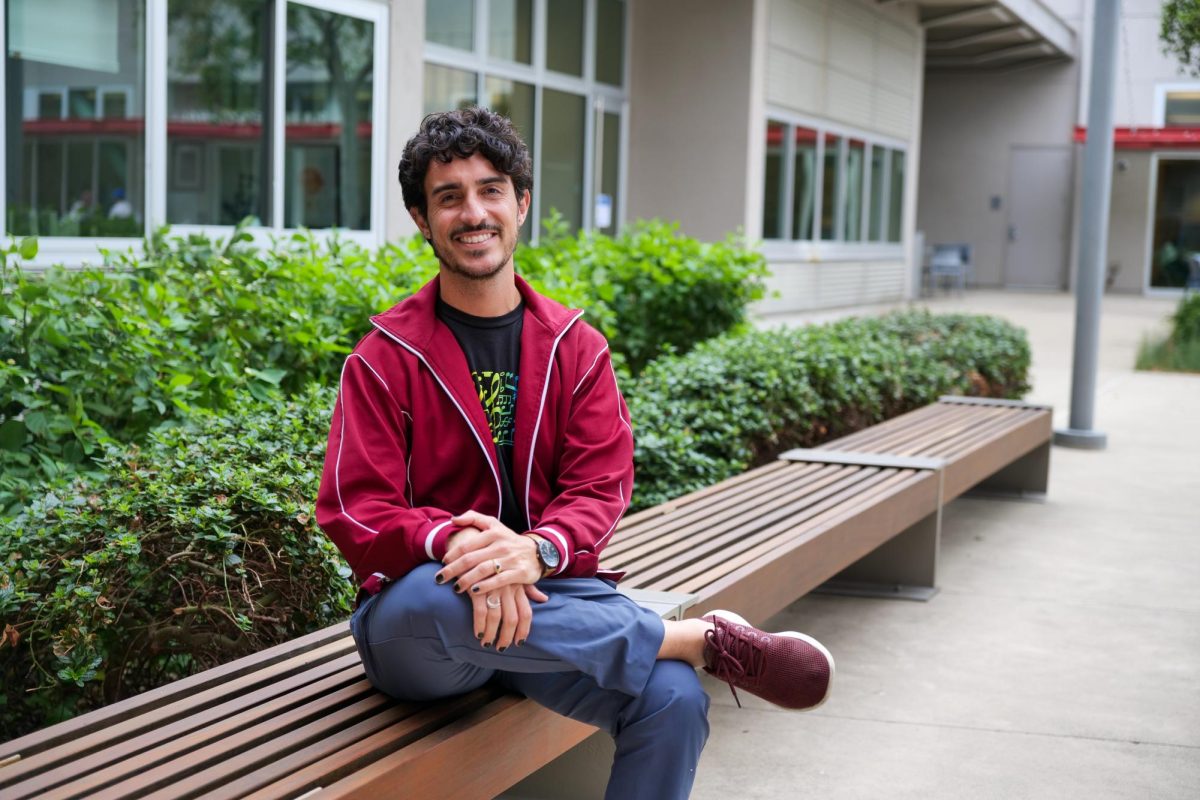





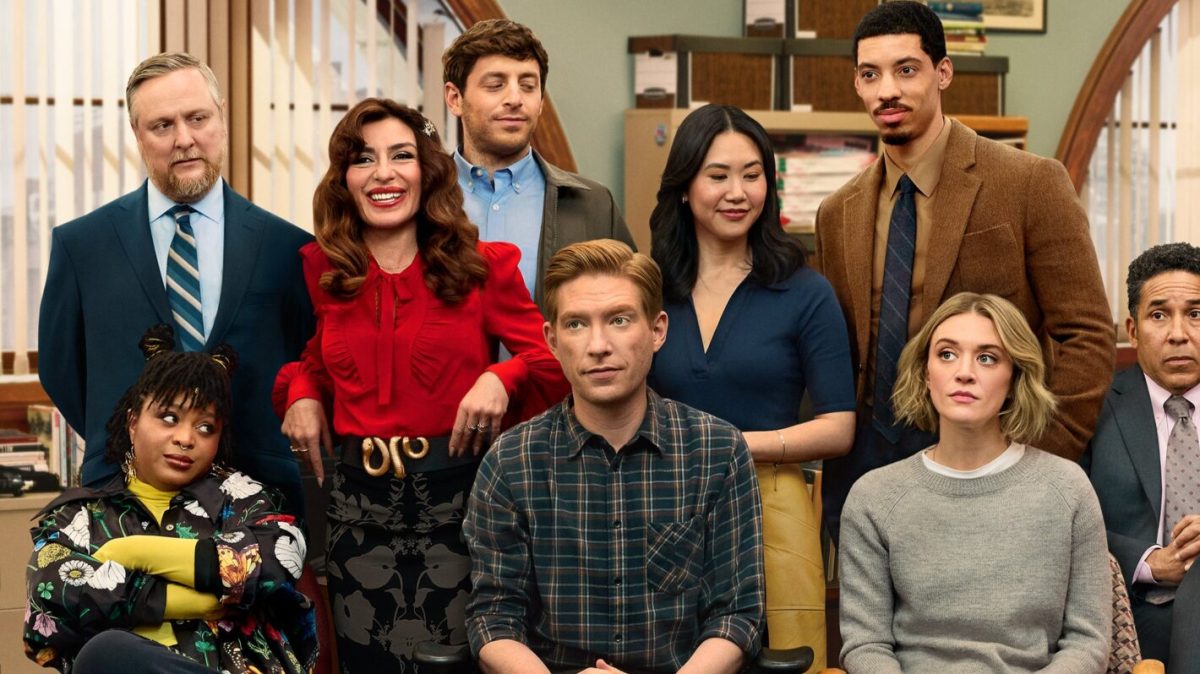
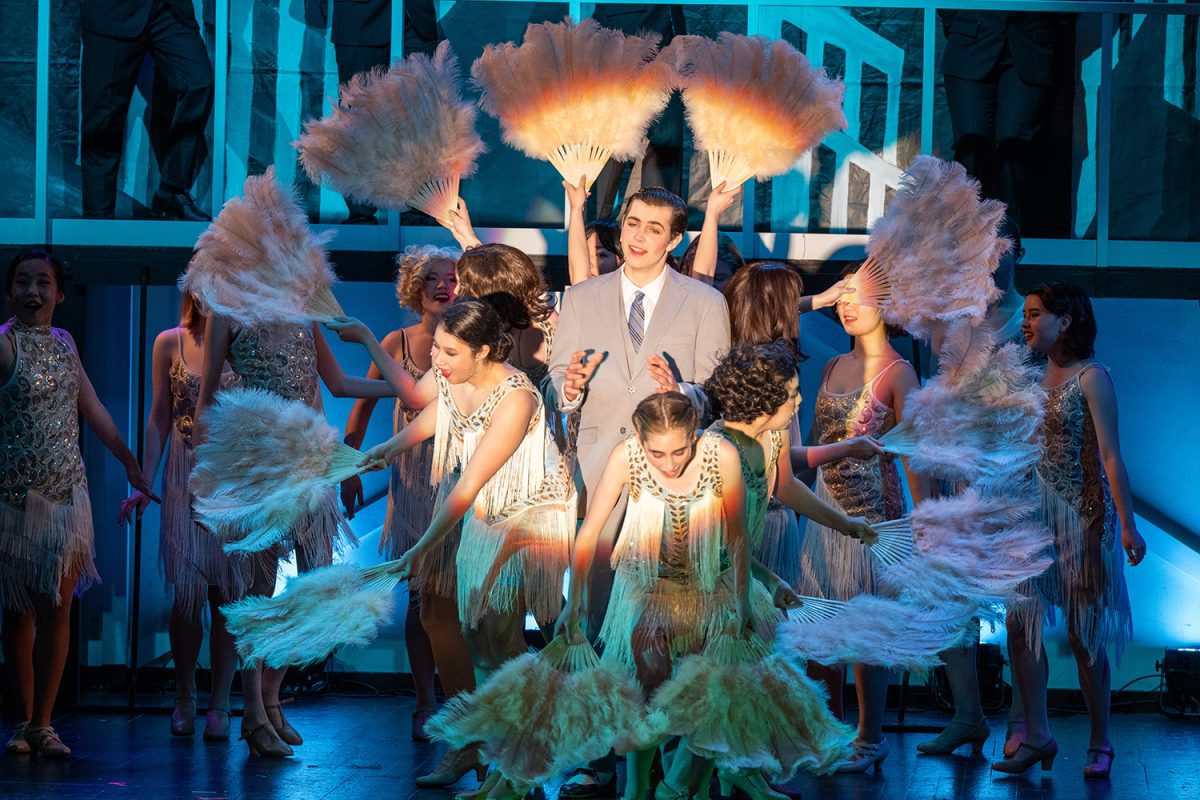
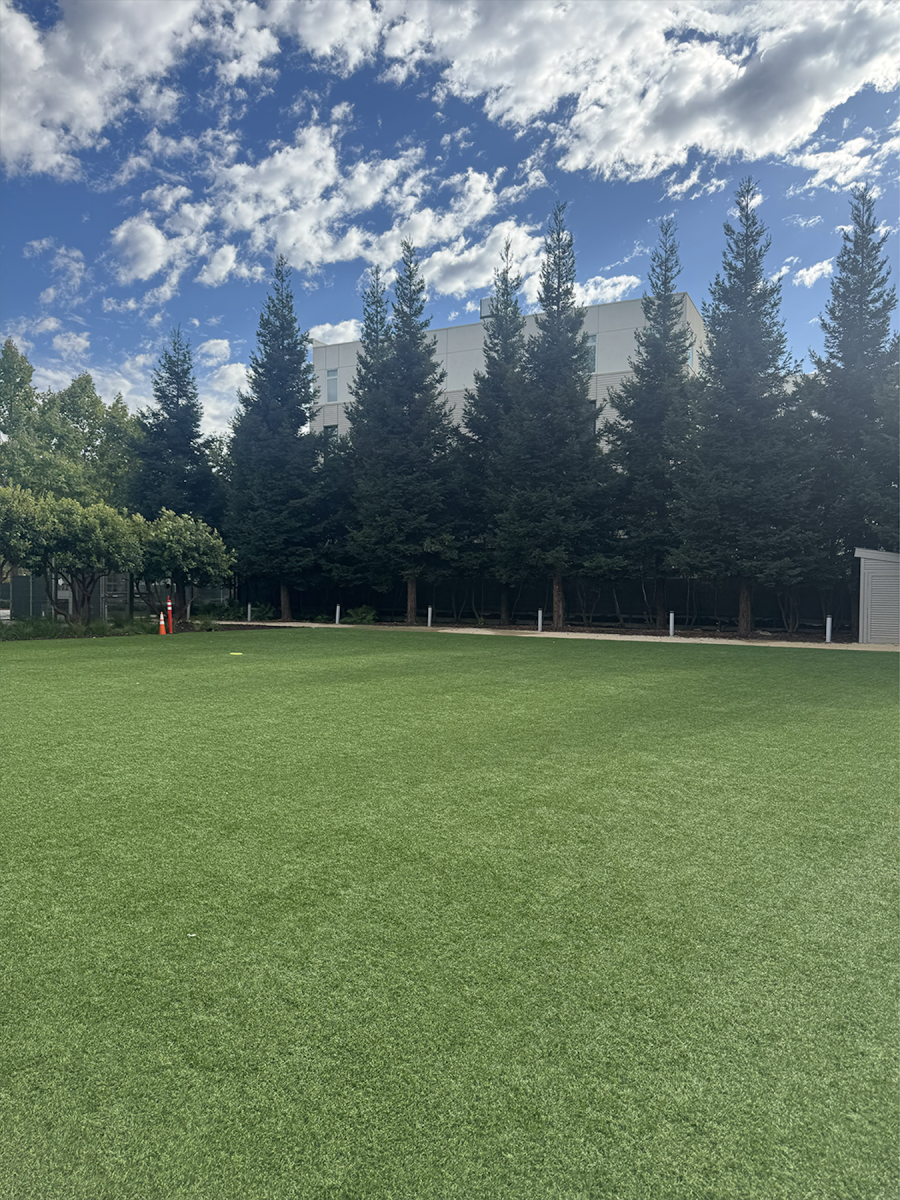


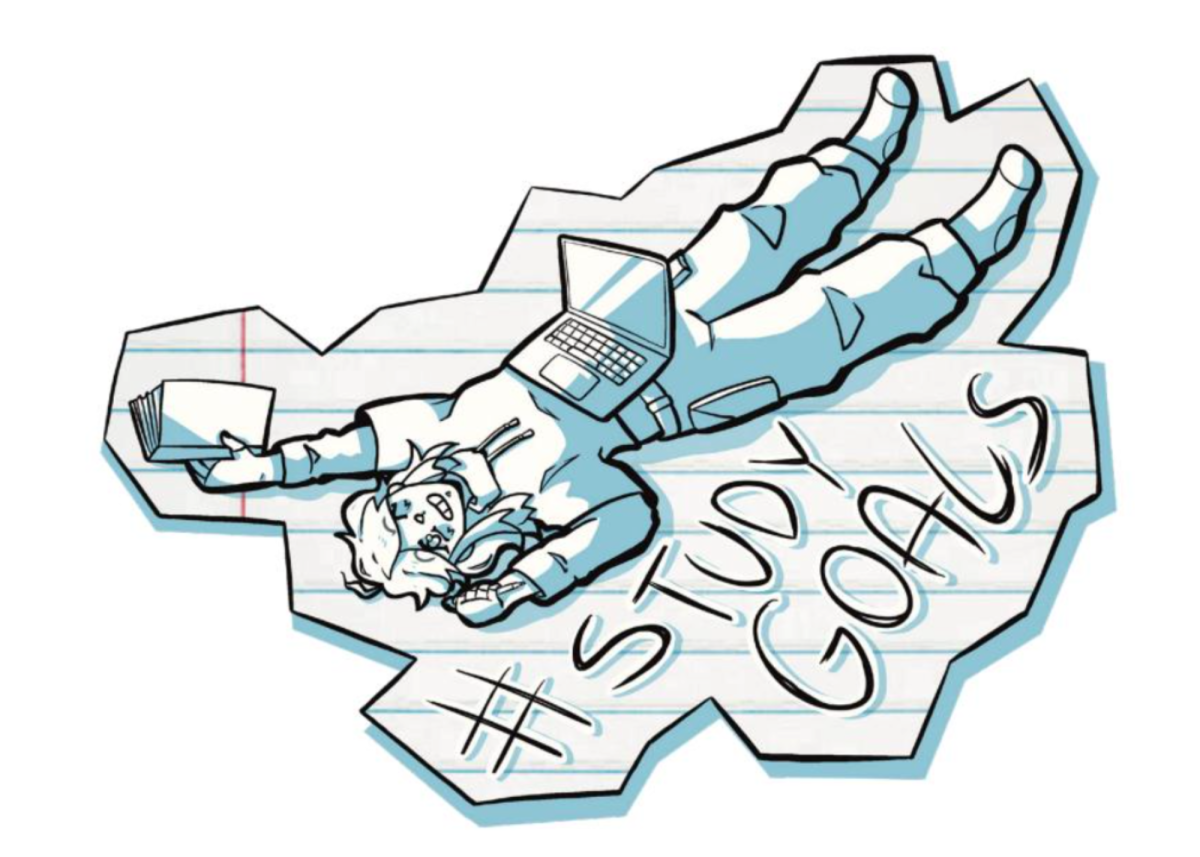


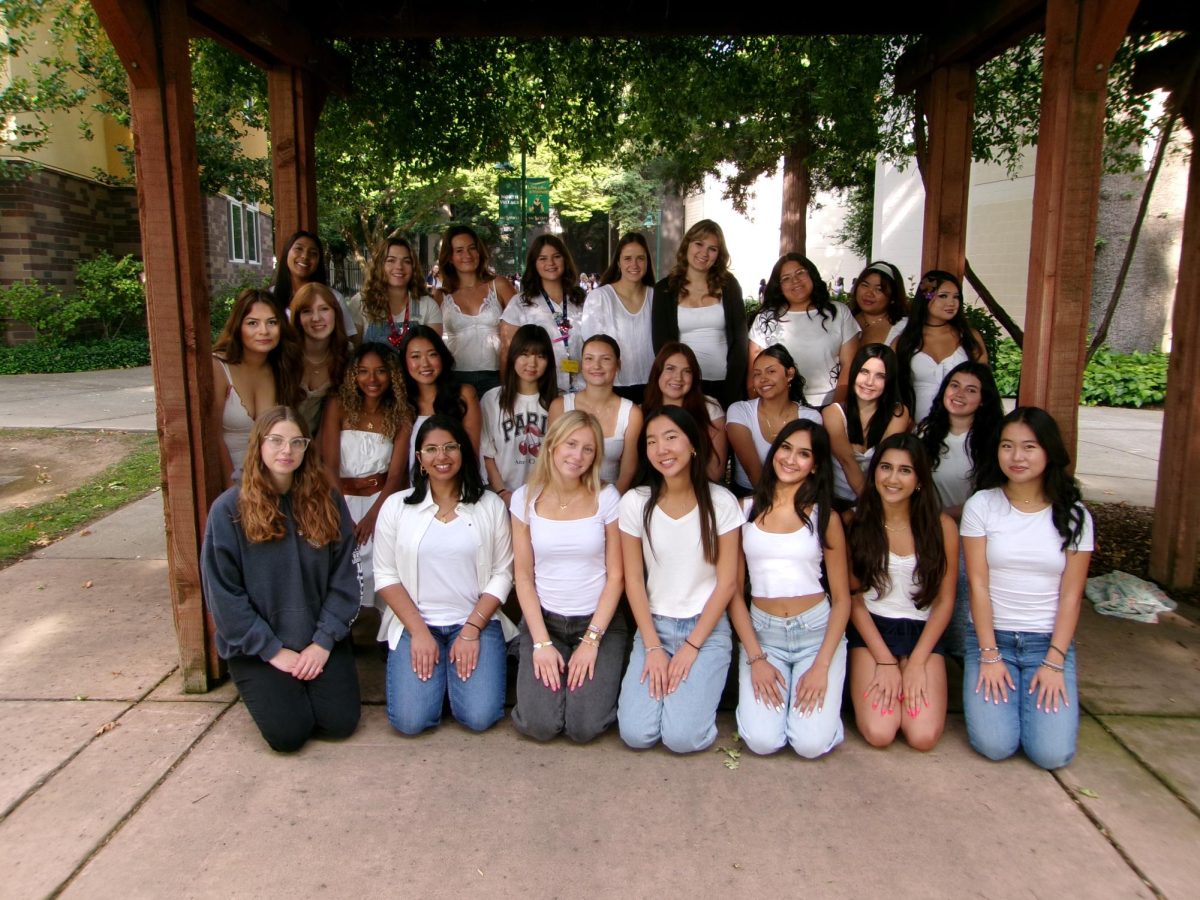

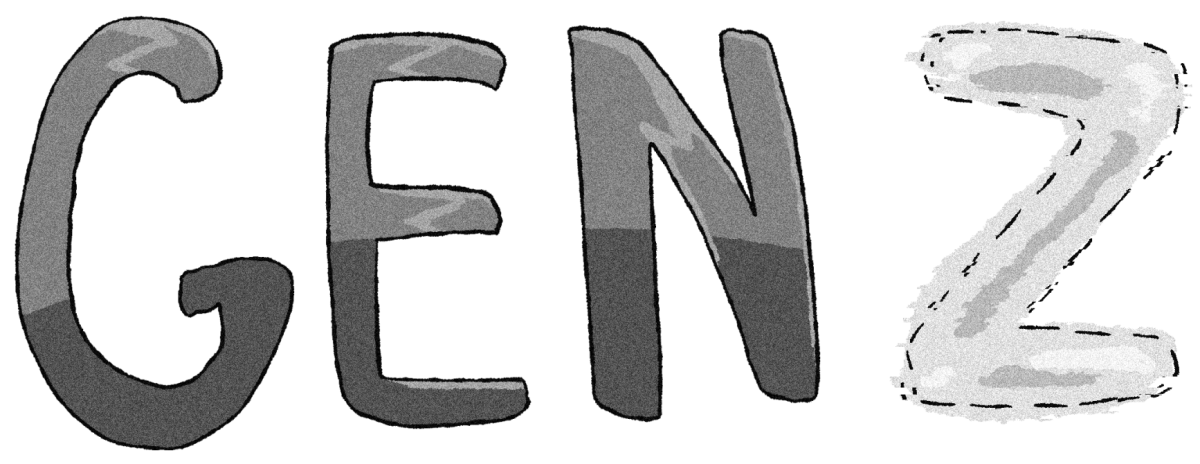
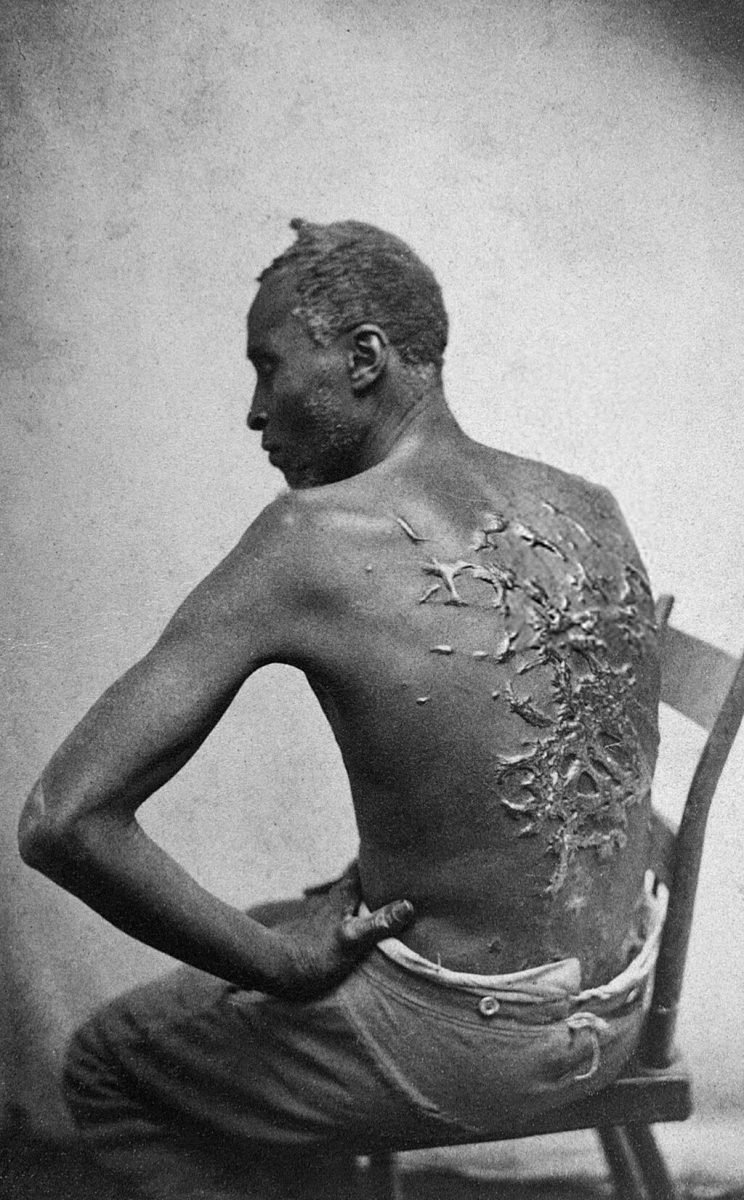
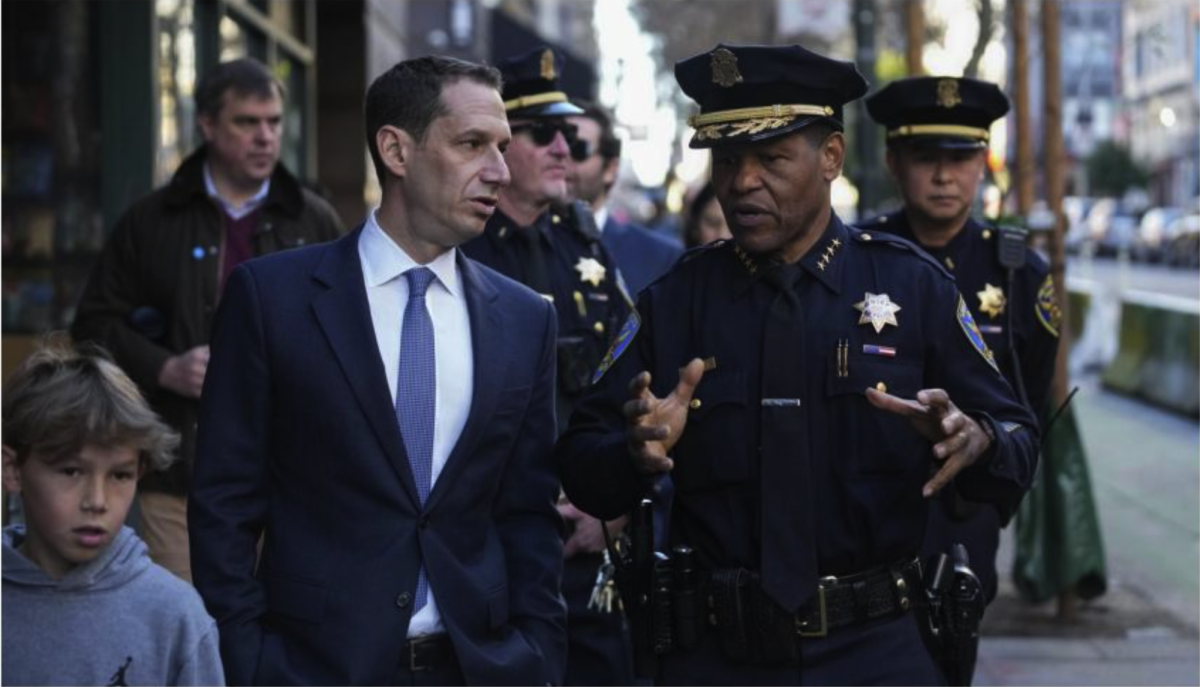
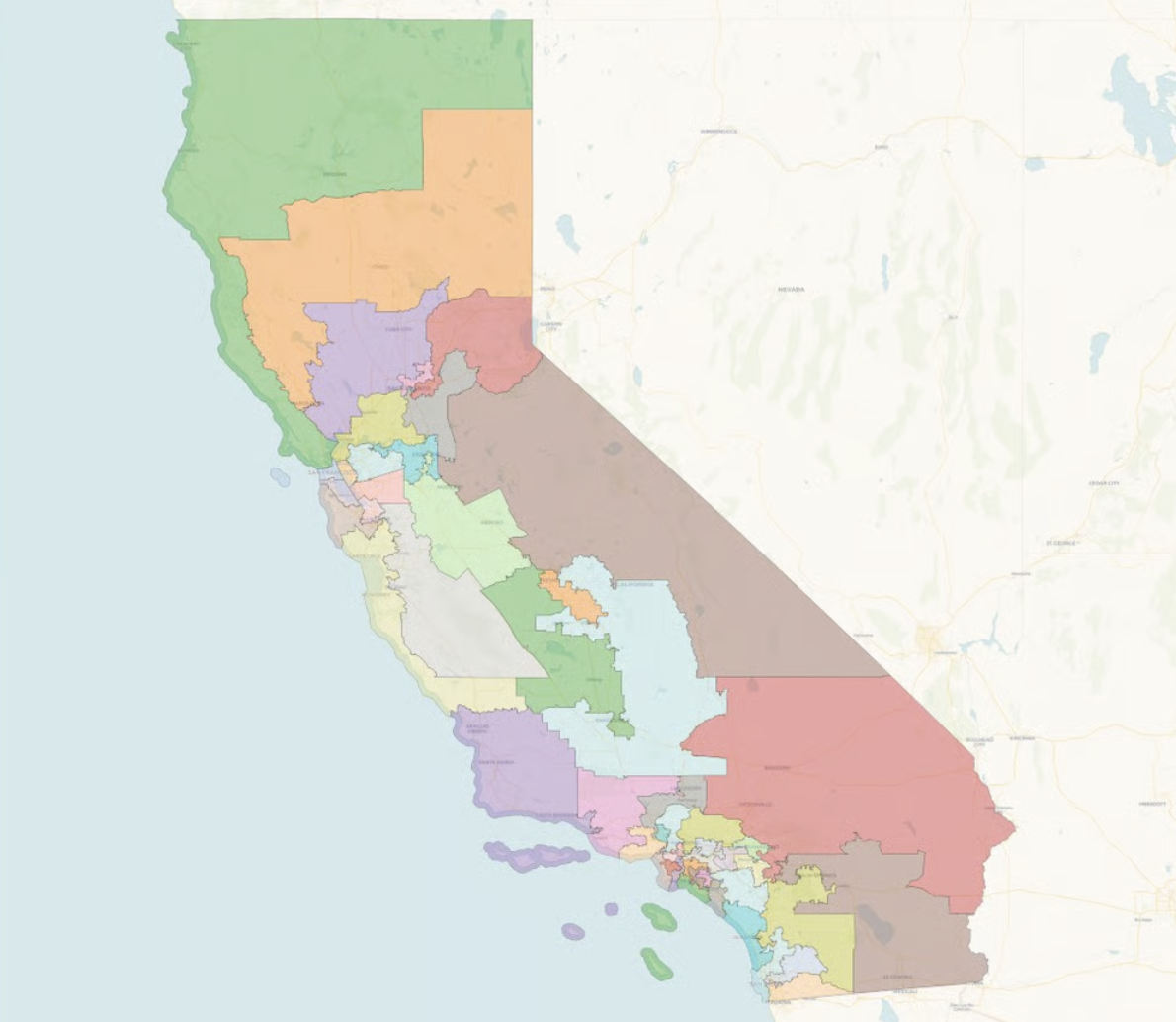
Callum • Aug 18, 2025 at 9:08 pm
wow great job on the website